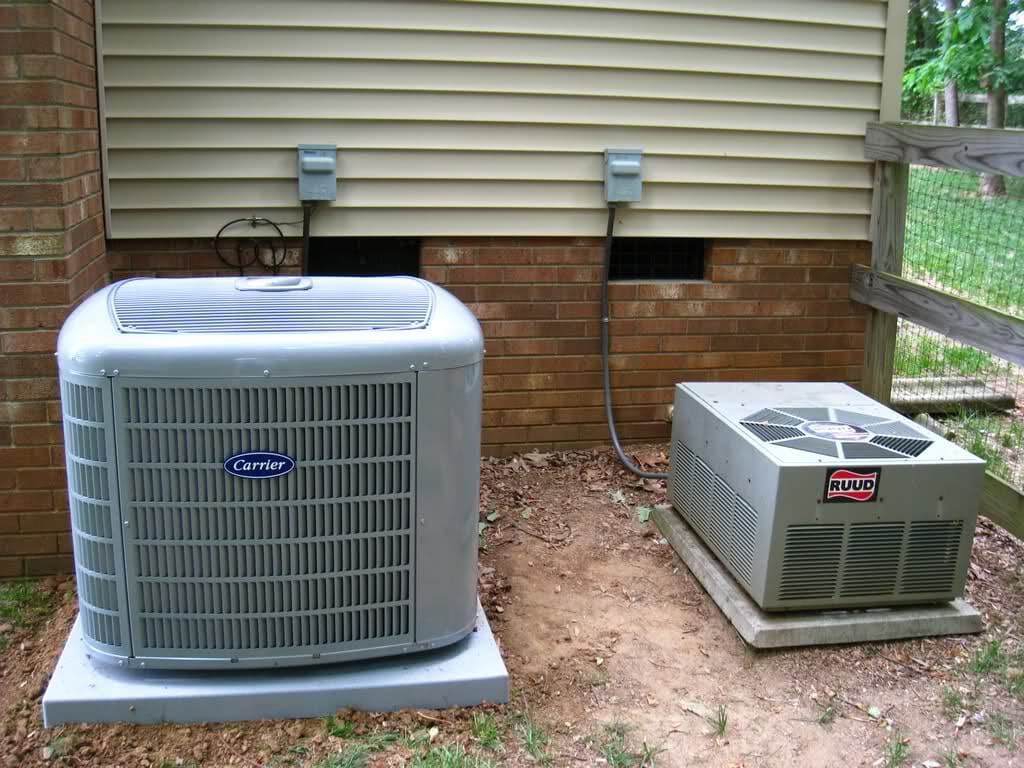“Half the money I spend on advertising is wasted. The trouble is, I don’t know which half.” This statement, familiar in marketing circles, encapsulates the lead generation problem in the home improvement industry. In a market where every advertising dollar counts, understanding which strategies truly work is not just a challenge—it’s a necessity for staying competitive.
The significance of this challenge is highlighted by recent industry trends. A slump in housing transactions, caused by high interest rates, is expected to lower spending on home improvements. “The level of annual spending on improvements and repairs is projected to fall from $489 billion today to $452 billion over the coming four quarters,” says Abbe Will, Associate Project Director of the Remodeling Futures Program.
Amid marketplace consolidation and AI’s growing influence, adept and well-rounded lead generation strategies are now essential for industry players.
AI is permeating lead generation
In the dynamic world of home improvement marketing, AI is not just knocking on the door; it’s already inside, redefining lead generation strategies.
McKinsey, a consulting firm, says three-quarters of AI’s application in business is finding its place in areas that are the lifeblood of any company: customer operations, marketing and sales, software engineering, and research and development. This shift can potentially move us away from the old playbook of marketing.
This evolution isn’t happening in a vacuum. Companies are integrating AI into their strategies, regulators are scrambling to keep pace, and tech innovators are advancing its capabilities.
Think of Google, a titan not just in search but in online advertising, powered by AI. With its ability to sift through 100,000 web searches every second and deliver eerily accurate results, Google has turned this capability into an advertising goldmine, closely aligning ads with user searches.
The recent advent of platforms like ChatGPT demonstrates this shift. It reached 100 million monthly active users in a mere month after launch, a record TikTok took nine months to achieve. This rapid embrace is a testament to a fundamental change in how we approach online engagement and, by extension, lead generation.
Since the 2000s, Google’s reliance on machine-learning techniques has supercharged its advertising strategies. Now, AI is more than just a tool for improving search results; it’s at the forefront of creating tailored and effective lead generation methods, particularly critical in the home improvement sector where customer insights are key.
One notable AI tool being used by digital marketers is Jasper, which assists in copywriting tasks by generating high-quality, engaging content. Marketers are leveraging Jasper to create compelling ad copy, blog posts, and website content that resonate with their target audiences. Additionally, SEO Surfer optimizes SEO blog content for search engines, helping businesses improve their online visibility and rankings.
These AI-driven solutions are just a glimpse of the technological advancements shaping the future of lead generation in the home improvement industry.
Navigating marketplace consolidation
As companies merge and the industry landscape condenses, the strategies for sniffing out and nurturing leads are undergoing a profound transformation.
This consolidation is more than just companies joining forces; it’s about creating new powerhouses that can leverage larger scales to their advantage in lead generation. It brings about a blend of broader market reach and intensified marketing efforts, setting the stage for more efficient and far-reaching customer engagement.
But this evolving landscape is not without its complexities. With consolidation, the industry sees a melding of different corporate cultures, strategies, and customer bases. Navigating this requires not just a keen understanding of the market but also an agile approach to marketing and lead generation.
Adapting to Change
In today’s market, where AI and consolidation are making big waves, marketers need a well-rounded strategy. Like fund managers, marketers will always want a balanced portfolio. Diversifying your approach is key to keeping up with these big changes.
A growth mindset is at the heart of this strategy. Believing that you can always get better and adapt is not just positive thinking – it’s a smart business move. Companies that quickly adopt new lead generation tactics often get ahead faster.
Making smart, forward-thinking choices is crucial now more than ever. Marketers should set clear rules for themselves and pick the right partners. This means being thoughtful about where and how to spend money, always keeping the long-term success of the business in mind.
It’s the companies that adjust quickly and think ahead that will come out on top and stay there.









